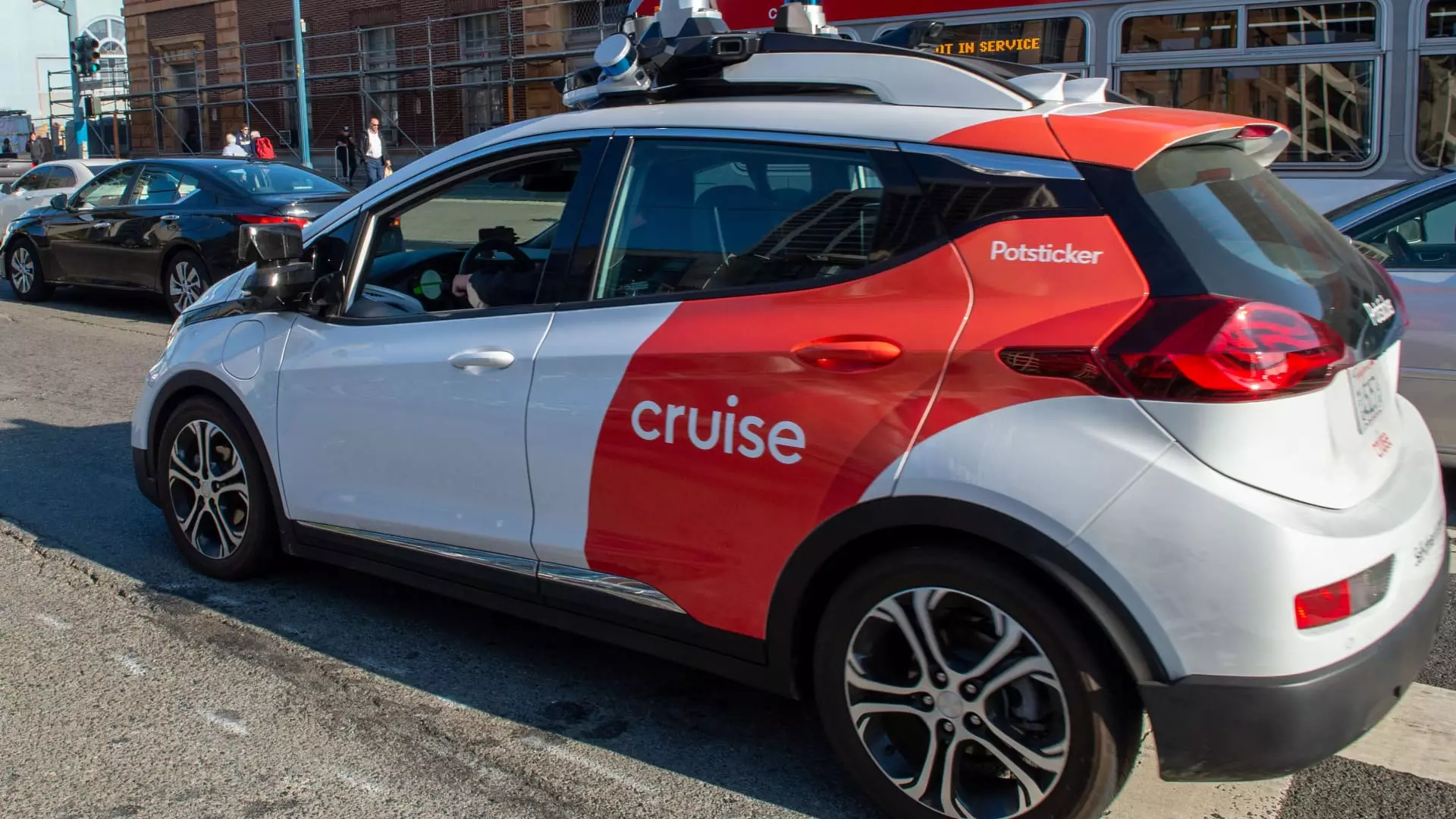The landscape of autonomous vehicle technology continues to shift rapidly, as evidenced by General Motors’ (GM) recent decision to lay off about half of the employees at its Cruise robotaxi division. This significant workforce reduction highlights not only the company’s drastic transformation strategy but also the broader challenges faced by the autonomous vehicle industry.
Cruise, once considered a pioneering force in the realm of self-driving technology, is now facing a critical pivot from its foundational business model. The layoffs, which equate to around 50% of Cruise’s workforce—around 1,150 positions—were announced following GM’s admission that it would refrain from further financial support of the division. After investing more than $10 billion since acquiring Cruise in 2016, the company has signaled a significant withdrawal from the robotaxi market, pointing towards a different vision for the future of autonomous vehicles.
The decision to abandon the ride-hailing model, as relayed by Cruise’s President and Chief Administrative Officer Craig Glidden, is part of a larger strategic overhaul. The company now seeks to align its resources more closely with GM’s focus on personal autonomous vehicle technologies, a move that could provide more direct applications for self-driving systems and potentially mitigate the financial risks associated with operating a fleet of robotaxis.
In the wake of these decisions, Cruise has made it clear that they will be providing severance packages and career support to the affected employees. This measure reflects an acknowledgment of the dedication and contributions made by the staff, even as the company embarks on a restructuring path. Cruise’s commitment to providing eight weeks of severance, along with additional funds for those with longer tenures, indicates an effort to soften the financial blow experienced by its employees during this transition.
Moreover, the layoffs could substantially impact the culture within Cruise as it attempts to navigate through the tumultuous waters of corporate restructuring. Such massive downsizings can often result in uncertainty and low morale among the remaining employees, potentially leading to further challenges in maintaining productivity and innovation during a period that demands agility and focused vision.
What exacerbates Cruise’s predicament is the recent scrutiny it has faced regarding its operational practices. Following a series of incidents, including a notable accident in October 2023 that involved a pedestrian, external investigations have unveiled significant cultural issues and leadership failures within the company. These revelations have cast a shadow over Cruise’s credibility, implying that the challenges it faces go beyond mere financial constraints; they involve public trust and regulatory compliance critical for any autonomous vehicle enterprise.
The revelation of misleading regulators during investigations not only jeopardizes the company’s standing within the legal framework but also diminishes public trust, which is essential for companies dedicated to the safety of emerging technologies. The repercussions of such incidents could hinder future collaborations, partnerships, and investment opportunities.
Looking forward, GM’s strategy, consolidated under its vision for personal autonomous vehicles, could find fertile ground amidst the upheaval in the industry. Companies like Waymo and others that share the mission of redefining transportation face similar challenges and pressures. If GM can successfully leverage the talent that remains and realign its operations effectively, there is potential for innovation and a more sustainable business model.
This tightening of focus may serve to ultimately enhance the viability of autonomous vehicle technology within personal transport, presenting an opportunity for GM to reclaim its standing within the sector. However, it requires not just operational adjustments but a renewed commitment to transparency, safety, and responsible innovation to regain the confidence of regulators and the public alike.
The case of Cruise epitomizes the multifaceted challenges of the autonomous vehicle industry, intertwining workforce dynamics, cultural integrity, and regulatory obligations. As GM pivots towards a new strategy, the enduring question remains—can Cruise, and the sector as a whole, navigate successfully through these evolving challenges to realize the envisioned future of autonomous transport?


Leave a Reply